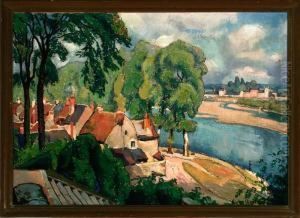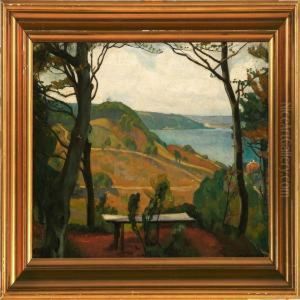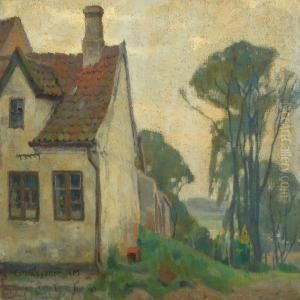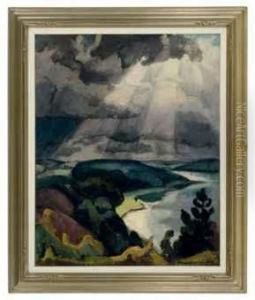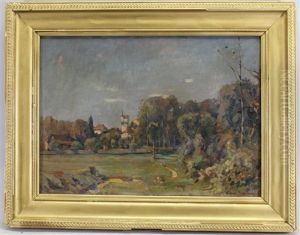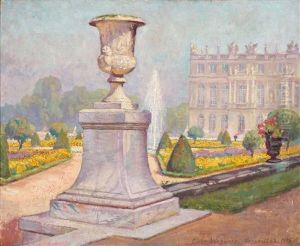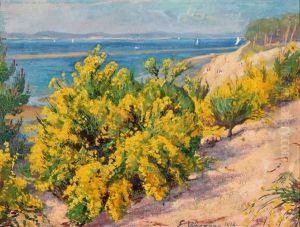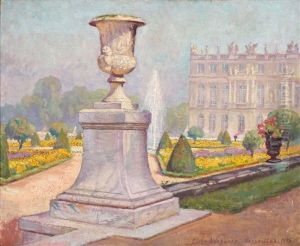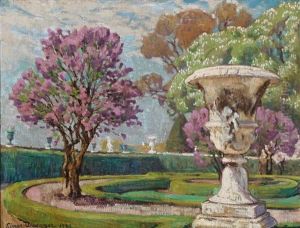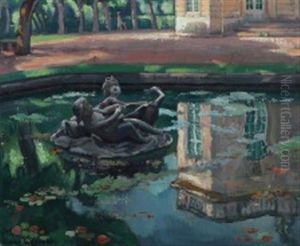Einar, Lili Elbe Wegener Paintings
Lili Elbe, born Einar Magnus Andreas Wegener, was a pioneering figure in transgender history and a talented Danish artist. Born on December 28, 1882, in Vejle, Denmark, Einar Wegener demonstrated an early aptitude for art, which led to studies at the Royal Danish Academy of Fine Arts in Copenhagen. It was there that Einar met Gerda Gottlieb, a fellow artist and the future Gerda Wegener. The two married in 1904, embarking on a partnership that was both romantic and creative. Einar specialized in landscape paintings, while Gerda became renowned for her art nouveau and later art deco illustrations.
Einar Wegener's transformation into Lili Elbe was gradual and initially intertwined with Gerda's artwork. Einar began modeling for Gerda dressed as a woman, adopting the name Lili Elbe. These sessions were not only a revelation of Einar's true identity but also became a source of inspiration for Gerda's work, which gained significant popularity. Lili's existence, which began as a model's persona, evolved into a profound personal realization of her true gender identity. This transformation was both internal and external, challenging the societal norms and medical understanding of the time.
In the early 1930s, Lili Elbe underwent a series of gender confirmation surgeries in Germany, which were among the first of their kind. The surgeries were experimental and risky, but Lili was determined to live fully as a woman. Her journey was groundbreaking and brought attention to the possibilities of surgical transition for transgender people, though it also came with significant personal and legal challenges. Lili's marriage to Gerda was annulled by the King of Denmark, and she had to navigate the legal implications of her new identity, including the loss of her previous rights and standings.
Lili Elbe's life was tragically cut short due to complications from a surgery in 1931. She died on September 13, 1931, in Dresden, Germany. Despite her early death, Lili's legacy endures. She is remembered not only for her contributions to art but also as a trailblazer who paved the way for greater understanding and acceptance of transgender individuals. Her life story was later told in the novel 'The Danish Girl' by David Ebershoff, which was subsequently adapted into a successful film, further immortalizing Lili Elbe's remarkable journey and the enduring love story between her and Gerda.
